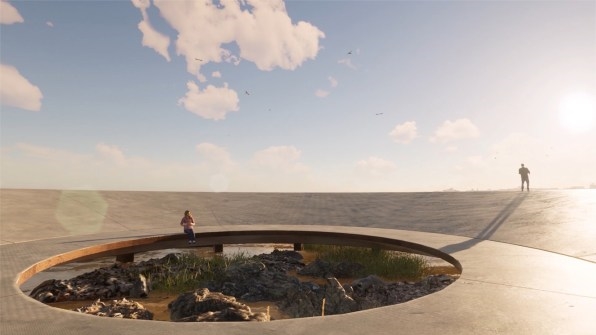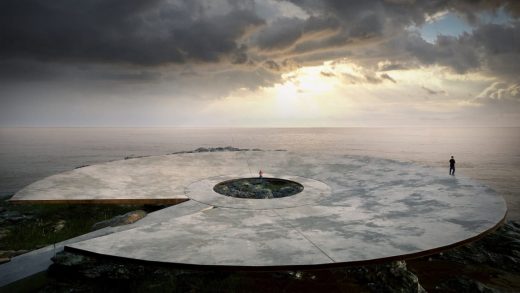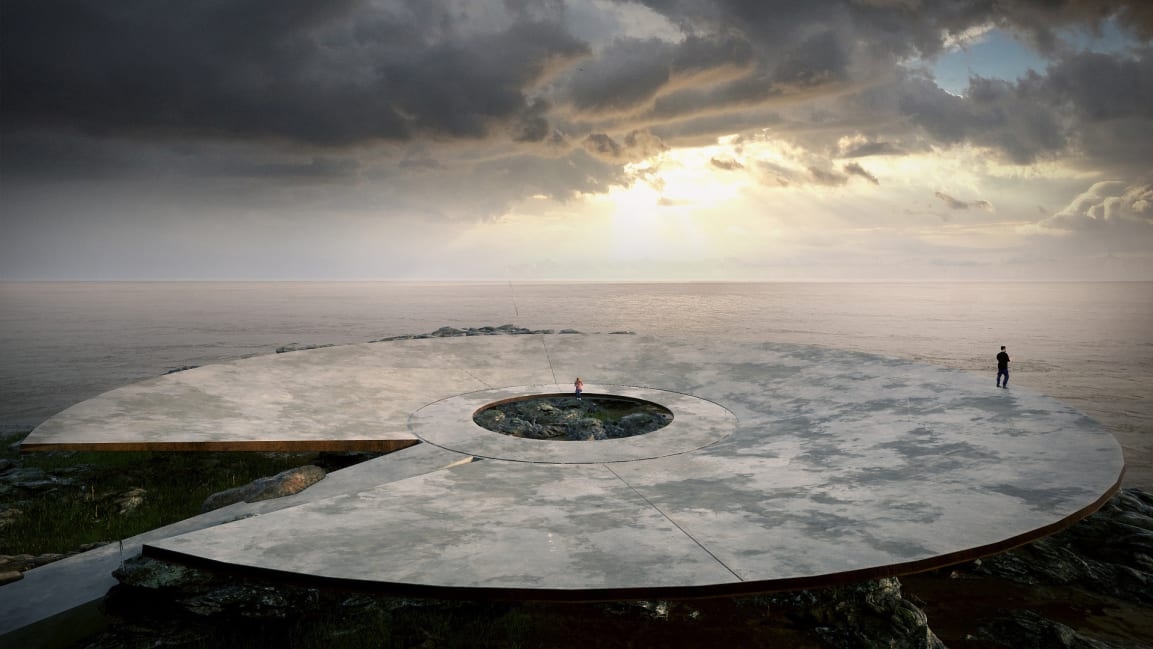How designers are memorializing the biggest tragedy of the century
The end of the COVID-19 pandemic is still far from certain, but the memorials are already taking shape.
Some are temporary efforts, like the thousands of tiny flags planted on the National Mall in Washington, D.C., and the drive-by tribute in Detroit featuring oversize photos of pandemic victims. Others are digital, with cities like Chicago and Glendale, California, creating simple memorial pages on their websites and inviting residents to submit photos and remembrances of lost loved ones.
But now, at the end of a very painful year in which more than 1.6 million people have died worldwide because of the pandemic, the tributes and memorials are beginning to take a more traditional and permanent form as public spaces of remembrance, reflection, grief, and hope.
These three memorials—either planned or already under construction—offer a glimpse of how this most wide-reaching and devastating global event will be remembered in physical form.
The architectural
On the rocky coastline of Montevideo, Uruguay, what may be the first formal memorial is now being built. Titled the World Memorial to the Pandemic, it’s a massive, 130-foot circular dish of concrete and steel with a central opening looking down on tide pools. Designed by local architecture firm Gómez Platero and privately funded, the $1.5 million project will create a rare new public space in the capital city, but just far enough away from the hustle and bustle to allow for quiet reflection.

“The circular geometry of the memorial summarizes the concept of unity and community and gives us a scale of measurement of the force of the sea, a place of shelter, and exposure to the wind,” Martín Gómez Platero, the project’s lead architect, told Fast Company.
Construction began in October and is expected to last five months. The government has officially signed off on the project, and it will be completed under the direction of the office of the president of Uruguay.
The austere
In a small section of London’s Queen Elizabeth Olympic Park, a memorial garden will be planted with 33 blossoming trees to represent pandemic casualties from across the city’s 33 boroughs.
“This public garden of blossom trees will be a permanent reminder of the lives that have been lost, a tribute to every single key worker, and a symbol of how Londoners have stood together to help one another,” London Mayor Sadiq Khan said in a statement.
Proposed to be planted in three small rings, eight different tree species were selected for their spring blossoms as a way to bring a flash of color to the dark anniversary of the first national lockdown and the pandemic’s devastating first wave. The trees will be planted in early 2021.
The apt
In Jersey City, New Jersey, a pandemic memorial is being planned in what may be the most appropriate setting to summarize both the world’s collective disgust with the pandemic and the hope that the future will be brighter. The memorial will be added to a park that’s being created on the decontaminated site of a former toxic landfill.
The 30-acre waterfront park will feature a memorial grove with more than 500 trees, each representing a Jersey City resident who died from COVID-19, as well as a pollinator garden, waterfront walkway, and stone wall carved with the names of the pandemic’s local victims.
It’s a pleasant rebirth for this former salt marsh turned industrial waste site, where underground fires once burned for more than a decade. After being declared a toxic Superfund site by the Environmental Protection Agency in the 1980s, the land was cleaned and remediated. Plans to turn it into a park have been in motion for several years.
Though the toxic past of the site may be hard to overlook, the fact that the land went through such a harsh period of intense poisoning only to emerge as a new public space will imbue this COVID-19 memorial with a very relevant message of hope and perseverance. Whether a toxic site or a deadly pandemic, these horrendous conditions don’t have to be permanent.
(21)



